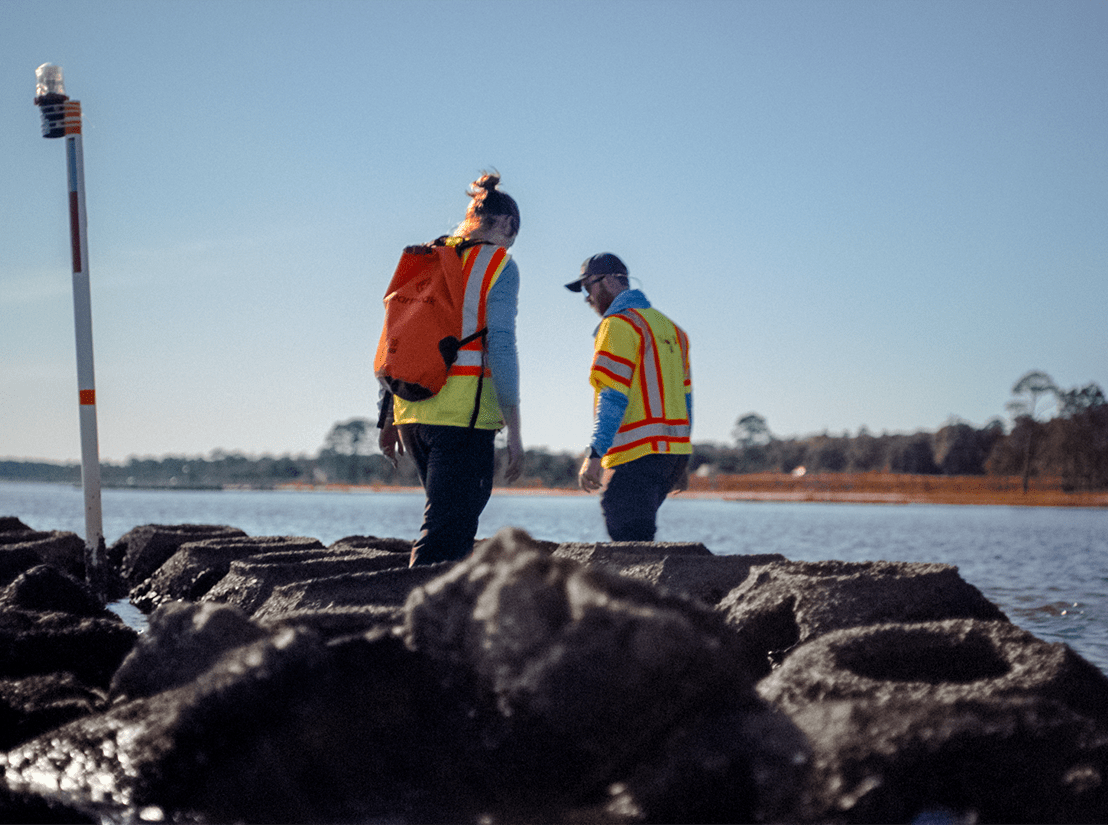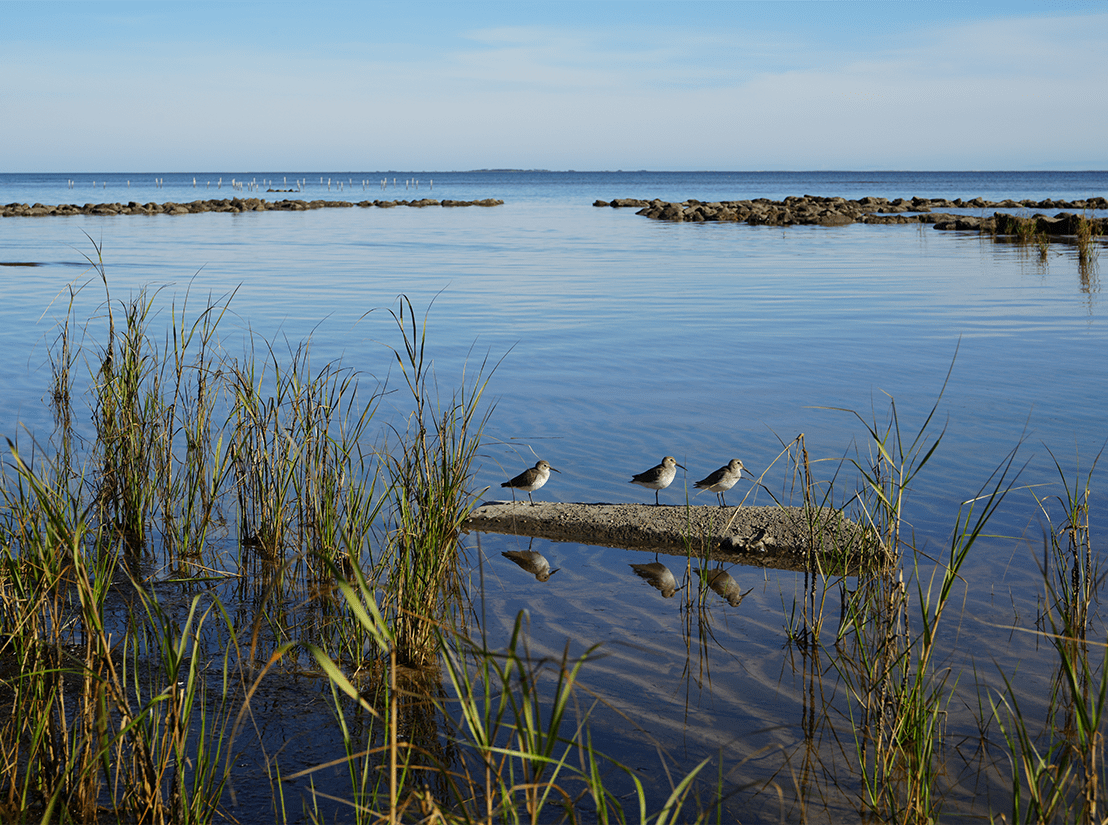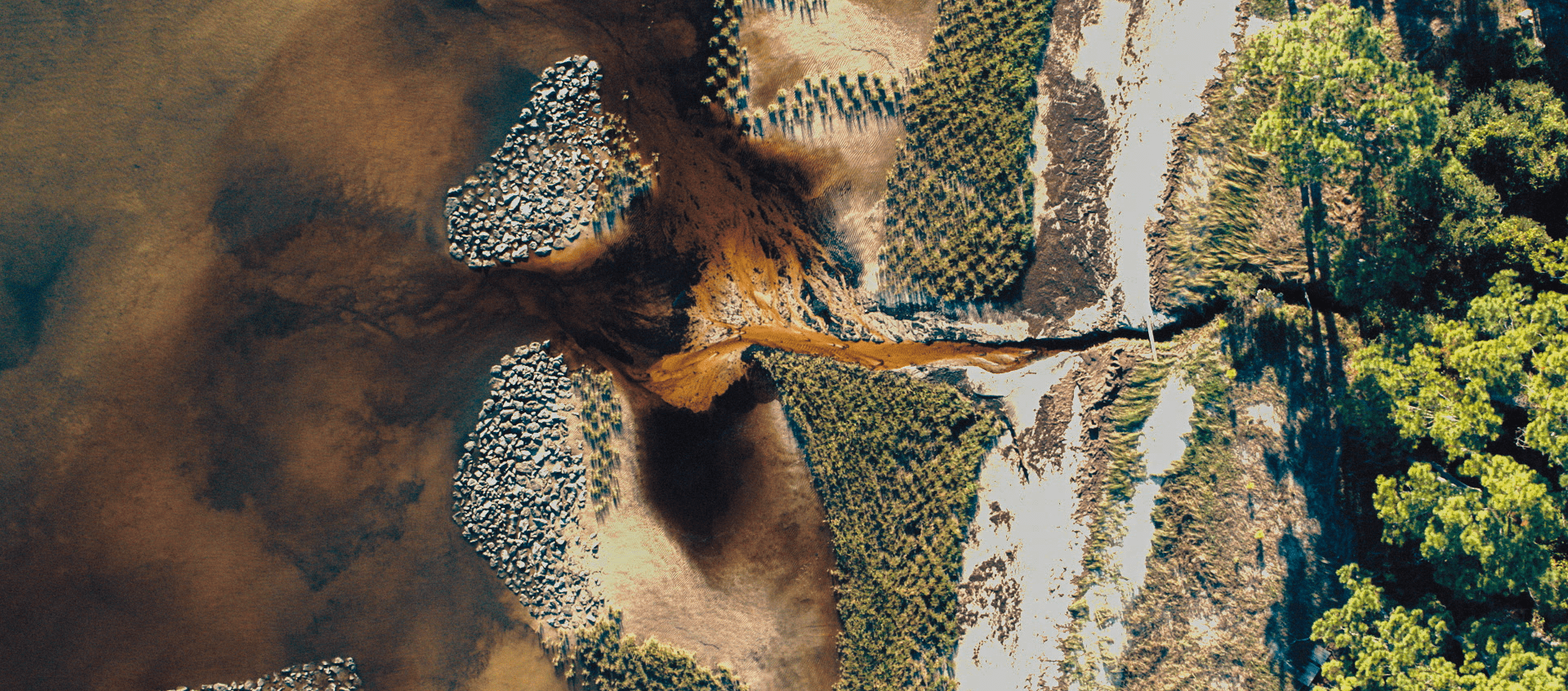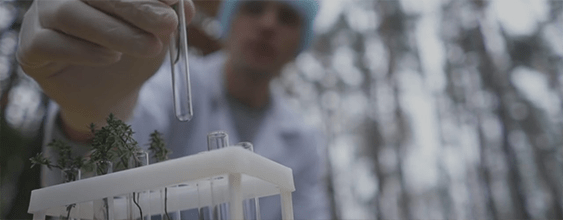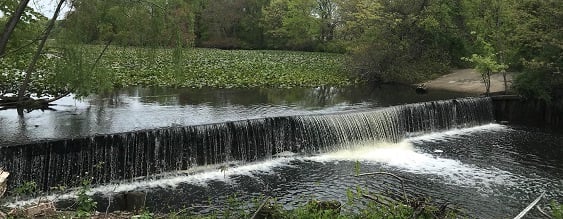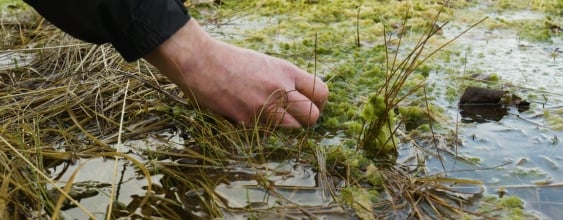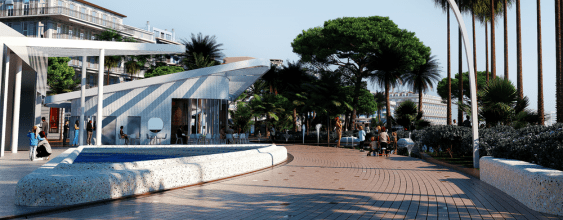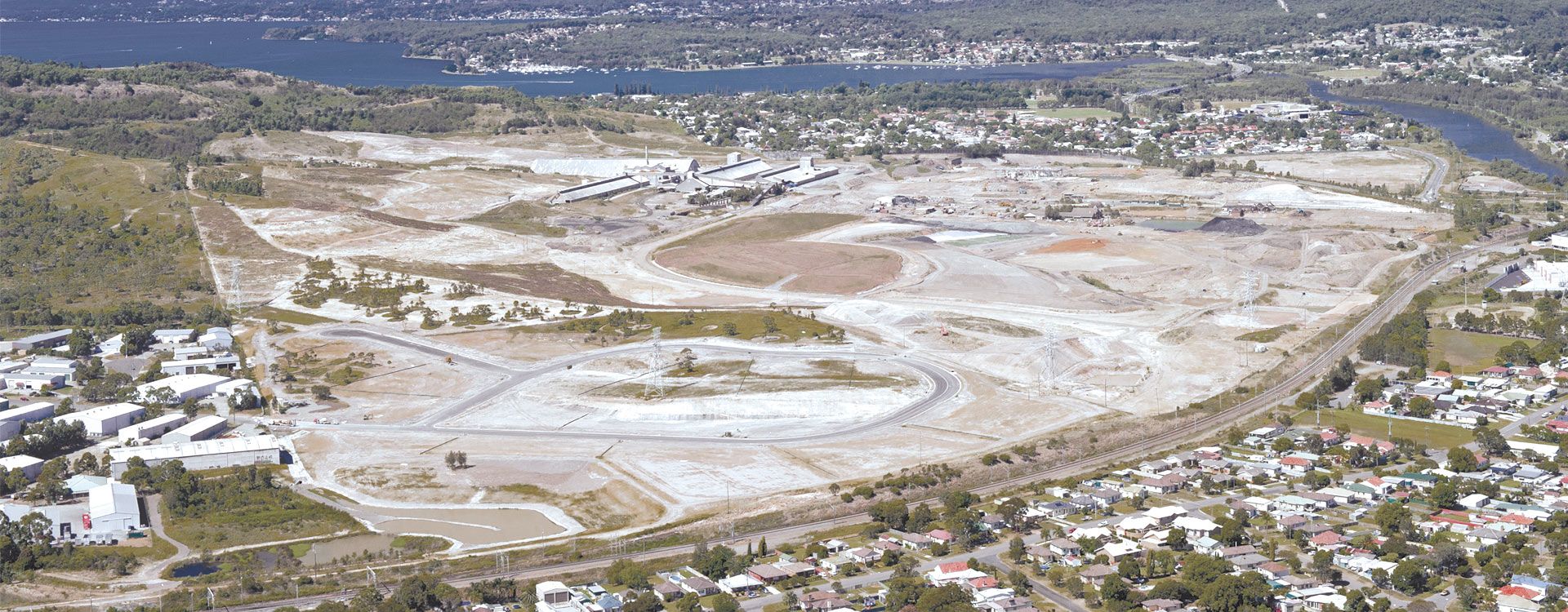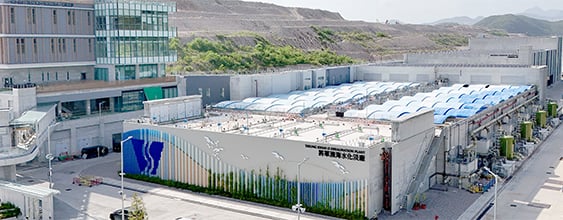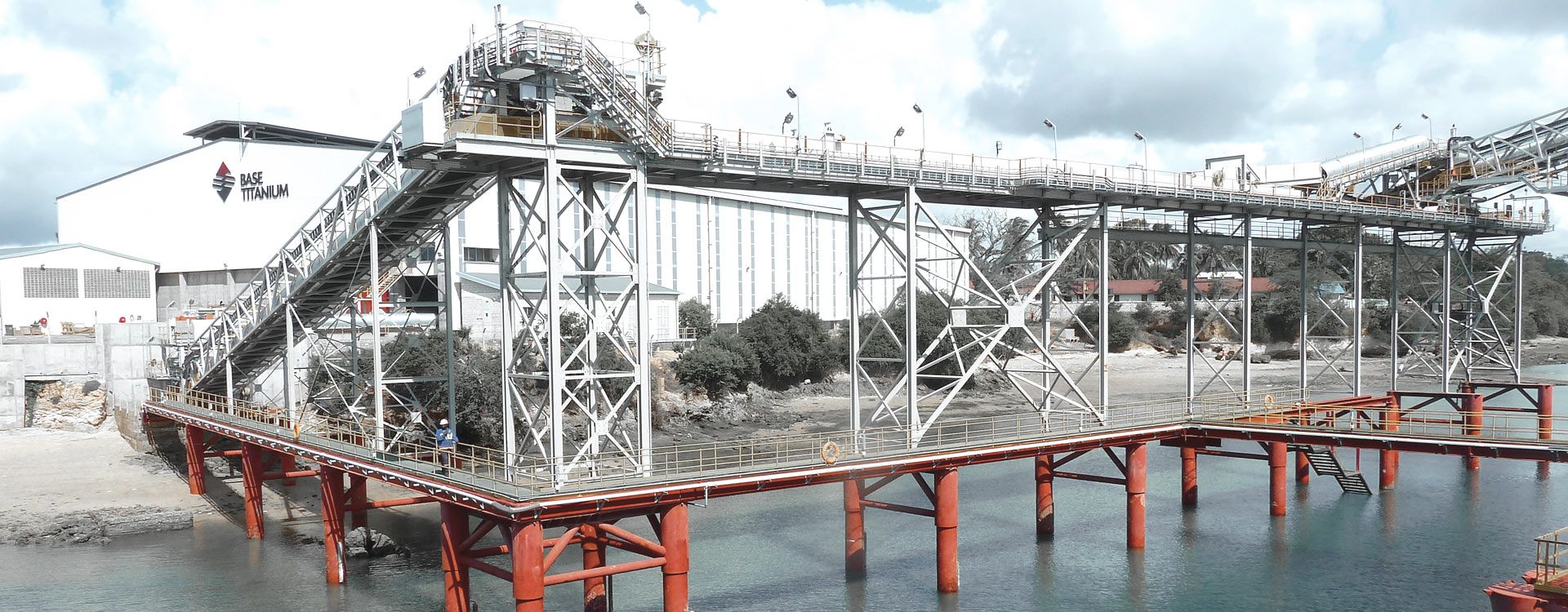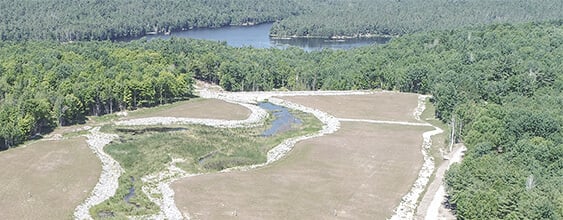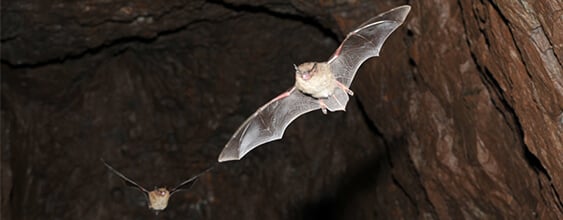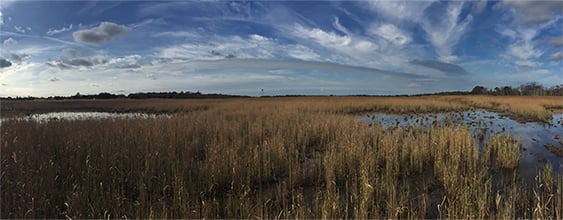Apalachicola Bay, located in Florida’s Panhandle, is being revitalized through a living shoreline project that integrates oyster reefs and saltmarshes to combat erosion, enhance biodiversity and support water quality. This nature-based approach protects coastal infrastructure while restoring the bay’s ecological and economic resilience.
A 12-mile segment of Highway 98 that crosses Apalachicola Bay on the Florida panhandle lies directly beside the water’s edge. Wave energy, rising tides and severe storms make this stretch of shoreline, and the roadway infrastructure, particularly vulnerable to chronic erosion.
We are supporting the people of Apalachicola Bay, learning from their traditional knowledge brought together with our scientific innovation, in restoring this unique ecosystem not only for economic revival but also to preserve their livelihoods.
Due to the importance of this highway as a designated hurricane evacuation route, efforts have been undertaken to stabilize the shoreline using various types of armoring, including vertical concrete seawalls, rock riprap, concrete rubble and articulated-concrete block mats. However, the shoreline and critical waterfront asset have continued to sustain damage.
